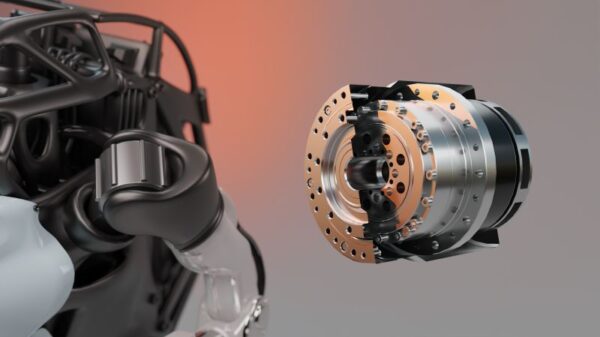UPDATE: Leading figures in autonomous driving technology are shaking up long-held beliefs about self-driving vehicles. Don Burnette, Raquel Urtasun, and Dave Ferguson—CEOs of major firms—spoke with Business Insider, revealing insights that could redefine the future of driverless technology.
With the recent surge in AI advancements, the conversation around autonomous vehicles has intensified. These three industry leaders have a combined experience of nearly five decades in developing driverless solutions. Their insights come as companies gear up for mass deployment of self-driving technology.
What you need to know: Burnette’s firm, Kodiak, currently operates eight driverless trucks in the Permian Basin, transporting sand for hydraulic fracking. Urtasun’s Waabi aims to roll out fully autonomous trucks by the end of this year in partnership with Volvo, while Ferguson’s Nuro plans to launch robotaxis in collaboration with Uber by 2026.
The CEOs challenged conventional wisdom surrounding autonomous driving, emphasizing that technology is no longer the main hurdle. “Everyone focuses on the technology. We’re really past the point where that is the question mark,” Burnette stated. The pressing issues now revolve around profitability and scalability rather than technological feasibility.
Moreover, Urtasun pointed out that the commonly cited metric of autonomous miles driven is misleading. “It has nothing to do with the advancements of the technology,” she remarked, noting that these figures merely reflect how long companies have been in the market. The fatality rate for large truck drivers stands at 1.3 fatal crashes per 100 million miles, while autonomous trucks have yet to report fatalities, although collisions have occurred.
The leap from supervised to fully autonomous driving remains significant. Ferguson noted that while the underlying AI may seem similar, achieving full autonomy without human backup is a monumental challenge. He recalled the early days of Google’s self-driving project, highlighting that it took years to achieve the first driverless mile.
Another point of contention is the debate over the technology needed for safe autonomous driving. While some companies, like Tesla, advocate for a cameras-only approach, Burnette, Urtasun, and Ferguson support the use of lidar technology for enhanced safety. “It’s very much an ROI question,” Ferguson explained, emphasizing that safety should not be compromised for cost.
As autonomous technology evolves, these CEOs stress the importance of addressing economic viability and customer demand. The discourse around sensor technology, they argue, detracts from the more pressing questions of how to make driverless solutions feasible and widely accepted.
Next Steps: As the race toward autonomy accelerates, the industry must navigate these challenges to realize the full potential of self-driving vehicles. Watch for updates on deployments and advancements from these leading companies as they work to redefine transportation in the coming years.
This urgent dialogue around driverless technology is reshaping our understanding and expectations, making it crucial to stay informed on this rapidly evolving sector.





































































